What’s best for your organization?
The post-pandemic work model is still being defined. Some organizations have decided to allow their employees to work remotely, indefinitely. Others are implementing a hybrid approach. Some remain in a “wait and see” mode.
Obviously, this is not a “one size fits all” situation. Each organization is weighing its options.
Normal wasn’t working. We must not think of it in terms of pushing a button and going back to the way things were. — John Kerry
If your organization is still on the fence, consider the questions below. They might help you choose the best solution for your organization.
Part 1: What do our people think?
- How do our employees feel about how they’ve been working?
- What is their ideal work setting?
- Have we asked them?
- How can we engage employees in examining the options and choosing a solution?
- How will we communicate and implement a work model change?
Part 2: What are the possibilities?
- Does the work environment have to be one way or another?
- Have we considered all options?
- Can we let departments, functions, teams, or individuals decide what works best for them?
Part 3: How does remote work serve us?
- What are the benefits for continuing to work remotely?
- What’s the down side? What’s been missing since we’ve gone remote?
- What are the business outcomes of remote work?
- Are customers impacted by remote work?
- How do our shareholders view remote work?
- Have we enabled our people to be successful in a remote setting?
- How do we ensure teamwork if we’re remote?
- How is our culture impacted if we don’t work with each other in the office?
- What tools, infrastructure, and support enable employees to flourish in a remote environment?
- What did we learn about remote work during the last two years?
- Did we make assumptions that our people know how to work remotely?
- Are there certain employee behaviors and skills that enable successful remote work?
- Will our recruiting and development change based on new skills or behaviors?
Part 4: Should we return to the office?
- What are the benefits of working in the office?
- What is the downside of in-person work?
- What are the business outcomes?
- How do we ensure we don’t lose those people who would prefer to work remotely? How can we incentivize them?
- If we decide to return to the office, are there certain business events that might drive our timing?
- If we return to the office, do we have proper safety protocols in place?
- Do we have healthcare professionals on-site? Do we have enough healthcare professionals on-site?
Part 5: Could a hybrid model work for us?
- What are the benefits of working in a hybrid model?
- What is the downside of a hybrid model?
- What are the business outcomes?
- What does a hybrid work environment look like?
- Does hybrid mean certain roles work from the office and others work remotely? If so, how will we determine which roles should work from the office?
- Does hybrid mean certain activities happen in the office and other activities happen remotely? If so, how do we make those decisions?
Wherever these questions lead your organization, grant your leadership and your employees some patience during these uncharted times. Have faith that, together, you will find the model that works for you.




